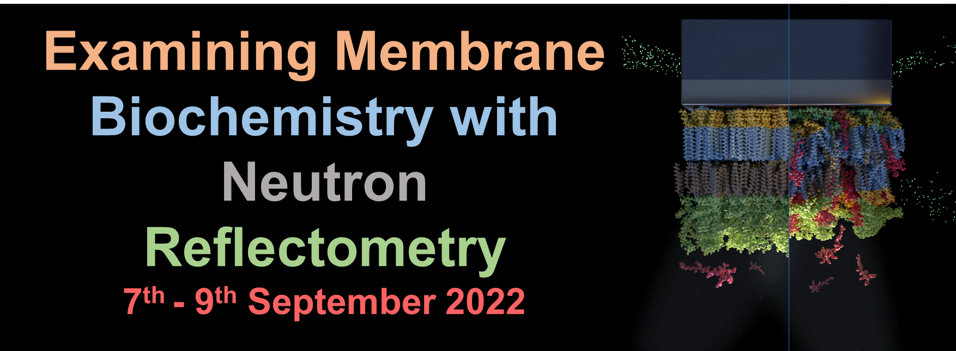Speaker
Description
Epidemic thunderstorm asthma triggered by the unique combination of grass pollens and thunderstorm activity affects a large population within a local vicinity.$^1$ The inhalation of a high load of respirable aeroallergen proteins released under the influence of a storm has been associated with asthma exacerbation.$^2$ Particularly, the biophysical interactions of such allergens with the lung surfactant monolayer and alveolar epithelium can elicit serious downstream immune and inflammatory reactions$^3$$^,$$^4$ leading to the occurrence of an asthma attack.$^5$ However, the precise causative mechanism of this phenomenon is under-reported. We propose that thunderstormborne aeroallergens fetch reactive oxygen nitrogen species (RONS) from the atmospheric plasma activated water (PAW), which can potentially enhance their allergenicity.
In this talk, we elucidate the effect of PAW-treatment on the allergens and its subsequent biophysical impact using a biomimetic model system, and employing a non-invasive technique, neutron reflectometry (NR). We used the dipalmiptoylphosphatidylcholine (DPPC) and 1-palmitoyl-2-oleoyl-sn-glycero-3 phosphocholine (POPC) to mimic the lung surfactant monolayer and alveolar epithelial bilayer, respectively. The biointerfacial interactions were examined using the model allergen, Wisteria floribunda lectin (WFL) and a rye grass (Lolium perenne) pollen allergen (Lol p 1) in the presence and absence of PAW. We observed that the PAW-treated allergens undergo conformational alterations and exert stronger non-specific interactions on the DPPC monolayer and POPC bilayer at both room (25 $^◦$C) and physiological temperature (37 $^◦$C), which implies the characteristic role of RONS in potentially escalated allergenicity. Furthermore, we examined that PAW-treatment results in the partial insertion of allergen into the monolayer and upper leaflet of the bilayer in contrast to the untreated allergen. Such a detailed mechanistic insight into this phenomenon coupled with the ongoing clinical studies will enable effective diagnostic and therapeutic strategies for the treatment of thunderstorm asthma.
[1] D. Price, K. M. Hughes, F. Thien, C. Suphioglu, The Journal of Allergy and Clinical Immunology: In Practice 2021, 9, 1510–1515.
[2] C. Suphioglu, International archives of allergy and immunology 1998, 116, 253–260.
[3] S. Han, R. K. Mallampalli, Annals of the American Thoracic Society 2015, 12, 765–774.
[4] P. Bradbury, A. Cidem, H. Mahmodi, J. M. Davies, P. T. Spicer, S. W. Prescott, I. Kabakova,
H. X. Ong, D. Traini, Inflammation 2022, 1–15.
[5] S. N. Baxi, W. Phipatanakul, Adolescent medicine: state of the art reviews 2010, 21, 57.

